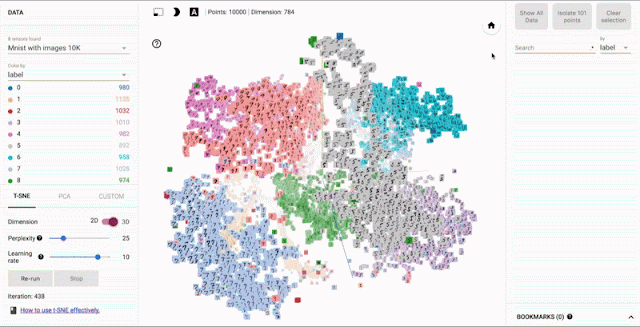The Oppia project makes it easy for anyone to create lightweight, interactive online lessons that simulate personal tutoring. These activities, called “explorations,” can be shared with others around the world as standalone tutorials (such as Programming with Carla and Quadratic Equations), or embedded in websites to supplement an existing course (such as “Take Your Medicine” on edX and Computational Thinking for Educators).
2016 was Oppia’s first year participating in GSoC and it was a blast! More students flocked to our ideas page than we had expected, and our Gitter channel was full of people saying hello and looking for starter projects. Over the course of the summer, with the help of two capable and enthusiastic students, we were able to bring the following new features to the Oppia codebase:
A new creator dashboard -- Avijit Gupta
An important principle of Oppia is that lessons can be easily improved over time -- it’s hard to figure out all the possible ways a student can go wrong at the outset, but it’s much easier to respond appropriately to a new misconception that arises.
Each creator on Oppia has a “creator dashboard” which allows them to see the lessons they’ve created, as well as the feedback they’ve received from learners. Avijit completed a full revamp of this page, updating its design (for both desktop and mobile) and finding ways to display all the necessary information in an intuitive way so that creators can easily improve their lessons while getting feedback on their teaching.
| The new creator dashboard. |
In addition, Avijit added functionality allowing creators to view student misconceptions that were not well-addressed, to make it easier for them to improve the feedback for those answers. He has continued to help out with the Oppia open source project as a maintainer and reviewer, even after GSoC, and is mentoring other contributors who are working on further improvements to the creator dashboard. You can read more about the project in his GSoC writeup!
Speed improvements -- Vishal Gupta
In order to improve the accessibility of lessons for students with poor internet connectivity, Vishal’s project aimed to make Oppia speedier and less bandwidth-intensive. He started by implementing a performance testing framework to benchmark his efforts, and also integrated it with our continuous integration system in order to protect against performance regressions. He then turned his efforts to caching as many static resources as possible, implementing a cache slug system that causes new files to be downloaded only after a new release is made.
In addition, Vishal removed JavaScript code that was inlined in the main templates, and refactored it out into an external script which could then be cached for better performance. You can read more about this project in his post on the Oppia blog.
We’d like to extend our grateful thanks not only to Avijit and Vishal, but also to our many willing and enthusiastic mentors, and to Google for supporting our open source work with GSoC.
Join us in helping improve educational opportunities for students around the world. If you’d like to subscribe to news and updates about Oppia’s participation in GSoC, you can sign up to the oppia-gsoc-announce mailing list -- or, if you’re already feeling enthusiastic, you can start helping out with the project right away!
By Ben Henning and Sean Lip, Organization Administrators for Oppia


